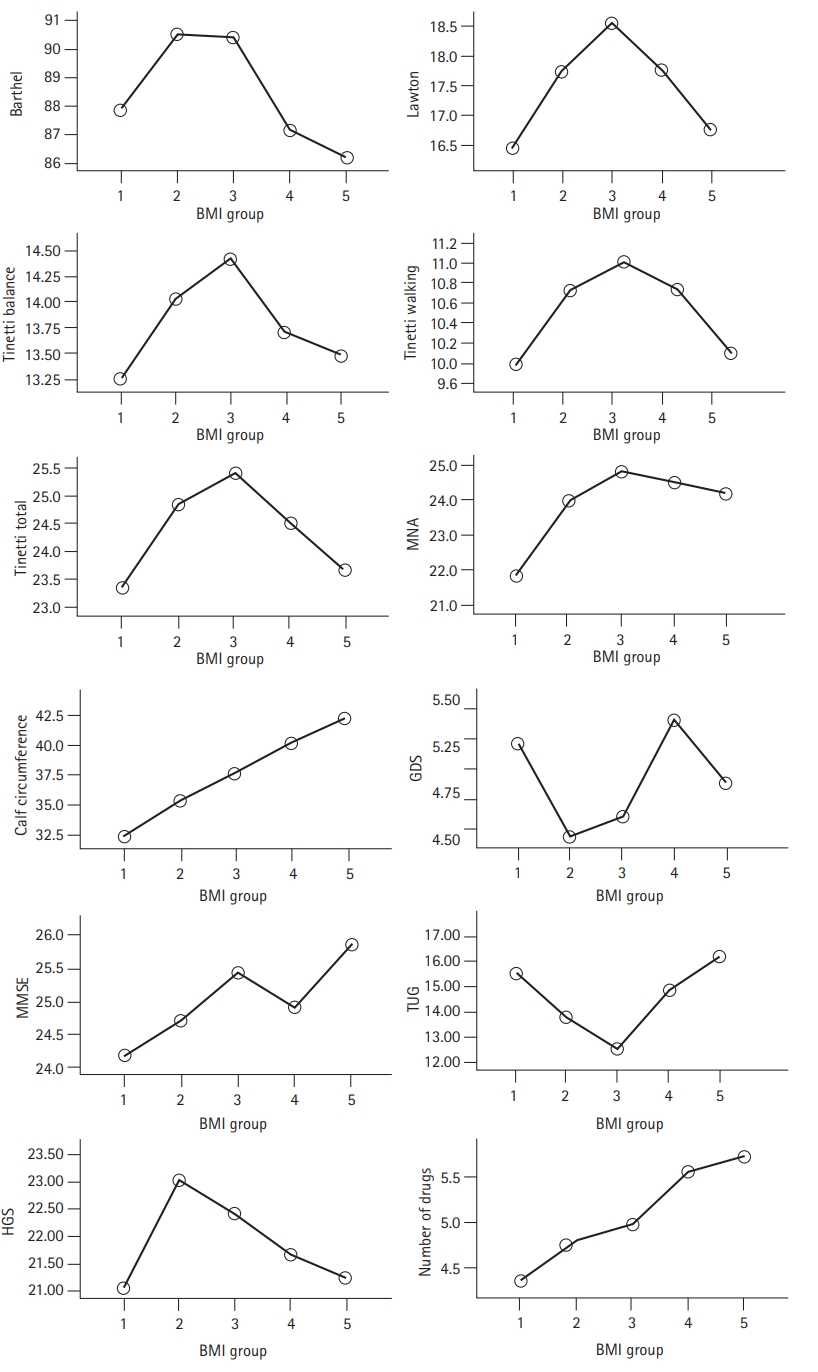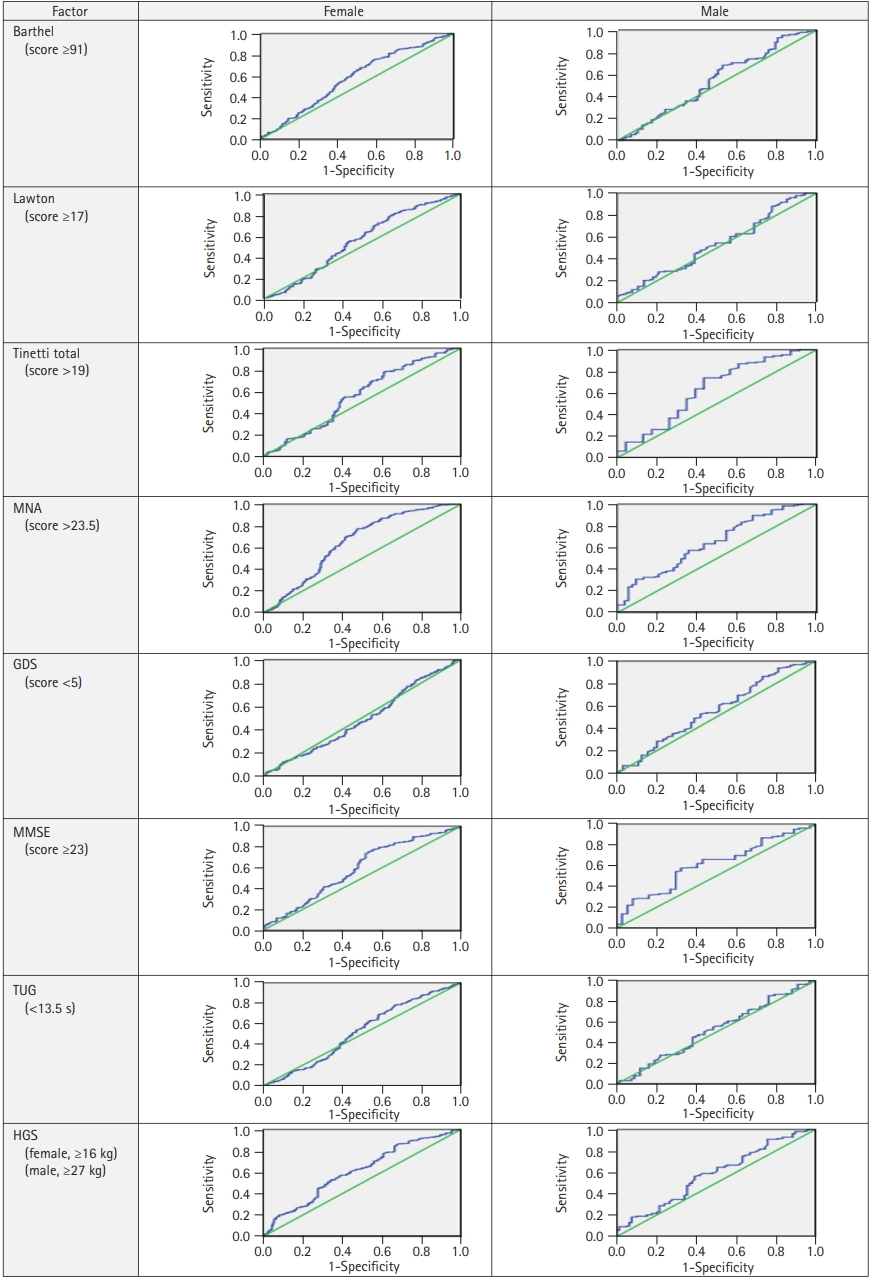2. Bolubasi S. SSosyal yardima başvuran yaşlilarin sosyoekonomik ve sosyokültürel özellikleri: karşilaştirmali bir çalişma. tezli yüksek lisans [Socioeconomic and sociocultural characteristics of elderly people applying for social assistance: a comparative study] [thesis]. Izmir, Turkey: Ege University; 2018.
3. Flegal KM, Carroll MD, Kuczmarski RJ, Johnson CL. Overweight and obesity in the United States: prevalence and trends, 1960-1994. Int J Obes Relat Metab Disord 1998;22:39–47.


4. Seo MH, Kim YH, Han K, Jung JH, Park YG, Lee SS, et al. Prevalence of obesity and incidence of obesity-related comorbidities in Koreans based on National Health Insurance Service Health Checkup Data 2006-2015. J Obes Metab Syndr 2018;27:46–52.


5. Turkish Endocrine and Metabolism Society. Obezite tanı ve tedavi kılavuzu [Obesity diagnosis and treatment guide]. Ankara, Turkey: Turkish Endocrine and Metabolism Society; 2014.
6. Bolubasi S. Yaşlı Obezlerde Egzersiz Yaklaşımı ve Etkileri [Exercise approach and its effects in elderly obese people]. Turk J Diab Obes 2020;1:54–9.

8. Quante M, Dietrich A, ElKhal A, Tullius SG. Obesity-related immune responses and their impact on surgical outcomes. Int J Obes (Lond) 2015;39:877–83.


9. Naruishi K, Yumoto H, Kido JI. Clinical effects of low body mass index on geriatric status in elderly patients. Exp Gerontol 2018;110:86–91.


10. Soysal P, Ates Bulut E, Yavuz I, Isik AT. Decreased basal metabolic rate can be an objective marker for sarcopenia and frailty in older males. J Am Med Dir Assoc 2019;20:58–63.


12. Kucukdeveci AA, Yavuzer G, Tennant A, Suldur N, Sonel B, Arasil T. Adaptation of the modified Barthel Index for use in physical medicine and rehabilitation in Turkey. Scand J Rehabil Med 2000;32:87–92.


13. Shelkey M, Wallace M. Katz index of independence in activities of daily living. J Gerontol Nurs 1999;25:8–9.

14. Dokuzlar O, Koc Okudur S, Soysal P, Kocyigit SE, Yavuz I, Smith L, et al. Factors that increase risk of falling in older men according to four different clinical methods. Exp Aging Res 2020;46:83–92.


15. Soysal P, Isik AT, Arik F, Kalan U, Eyvaz A, Veronese N. Validity of the Mini-Nutritional Assessment Scale for evaluating frailty status in older adults. J Am Med Dir Assoc 2019;20:183–7.


19. Coggon D, Reading I, Croft P, McLaren M, Barrett D, Cooper C. Knee osteoarthritis and obesity. Int J Obes Relat Metab Disord 2001;25:622–7.


20. Carmelli D, Swan GE, Bliwise DL. Relationship of 30-year changes in obesity to sleep-disordered breathing in the Western Collaborative Group Study. Obes Res 2000;8:632–7.


22. Galanos AN, Pieper CF, Cornoni-Huntley JC, Bales CW, Fillenbaum GG. Nutrition and function: is there a relationship between body mass index and the functional capabilities of community-dwelling elderly? J Am Geriatr Soc 1994;42:368–73.


23. Turrentine FE, Wang H, Simpson VB, Jones RS. Surgical risk factors, morbidity, and mortality in elderly patients. J Am Coll Surg 2006;203:865–77.


24. Kopke S, Meyer G. The Tinetti test: Babylon in geriatric assessment. Z Gerontol Geriatr 2006;39:288–91.


26. Leyk D, Gorges W, Ridder D, Wunderlich M, Ruther T, Sievert A, et al. Hand-grip strength of young men, women and highly trained female athletes. Eur J Appl Physiol 2007;99:415–21.


27. Martin S, Neale G, Elia M. Factors affecting maximal momentary grip strength. Hum Nutr Clin Nutr 1985;39:137–47.

28. Norman K, Stobaus N, Gonzalez MC, Schulzke JD, Pirlich M. Hand grip strength: outcome predictor and marker of nutritional status. Clin Nutr 2011;30:135–42.


29. Peng S, Plank LD, McCall JL, Gillanders LK, McIlroy K, Gane EJ. Body composition, muscle function, and energy expenditure in patients with liver cirrhosis: a comprehensive study. Am J Clin Nutr 2007;85:1257–66.


30. Akyol AD. Falls in the elderly: what can be done? Int Nurs Rev 2007;54:191–6.


31. Yildiz M, Bozdemir MN, Kilicaslan I, Atescelik M, Gurbuz S, Mutlu B, et al. Elderly trauma: the two years experience of a university-affiliated emergency department. Eur Rev Med Pharmacol Sci 2012;16 Suppl 1:62–7.

32. Secher M, Soto ME, Villars H, van Kan GA, Vellas B. The Mini Nutritional Assessment (MNA) after 20 years of research and clinical practice. Rev Clin Gerontol 2007;17:293–310.

33. Lee LC, Tsai AC, Wang JY, Hurng BS, Hsu HC, Tsai HJ. Need-based intervention is an effective strategy for improving the nutritional status of older people living in a nursing home: a randomized controlled trial. Int J Nurs Stud 2013;50:1580–8.


34. Rolland Y, Lauwers-Cances V, Cournot M, Nourhashemi F, Reynish W, Riviere D, et al. Sarcopenia, calf circumference, and physical function of elderly women: a cross-sectional study. J Am Geriatr Soc 2003;51:1120–4.


35. Van der Weele GM, Gussekloo J, De Waal MW, De Craen AJ, Van der Mast RC. Co-occurrence of depression and anxiety in elderly subjects aged 90 years and its relationship with functional status, quality of life and mortality. Int J Geriatr Psychiatry 2009;24:595–601.













